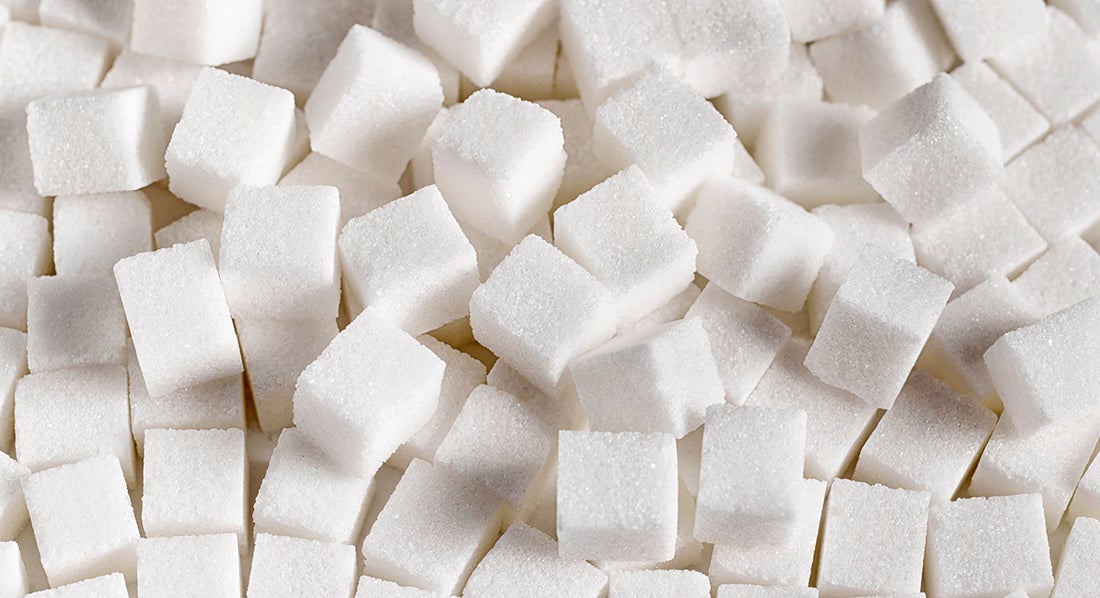Feeling Drained At The Crag, Ready To Call It Quits? You May Just Need Sugar.

About the author: Marisa Michael, MSc, RDN, CSSD is a board certified specialist in sports dietetics and author of Nutrition for Climbers: Fuel for the Send. She serves on the USA Climbing medical committee and has a private practice in Portland, Oregon. Find her online at nutritionforclimbers.com or on Instagram @realnutritiondietitian.
Sugar is probably one of the most maligned nutrients. People love to hate sugar! Do you need to cut out or reduce sugar in your diet?
My mantra is, “It depends.” Every nutrition question has this same answer. Your sugar intake may be off the charts or may be totally appropriate for you. It may be too low. (What? There is such a thing?)
Hayden James, a registered dietitian, climber, and owner of Satiate Nutrition, says, “When I bring enough snacks to the crag, it really helps prolong my time spent climbing. If I’m not well fueled, I tend to tap out early and call it a day. Applesauce pouches, crackers, and fruit—fresh or dried—are my go-to options that supply quick energy in the form of quickly-digesting carbs to give sugar to my cells. I use sports drink when it’s hot.”
To understand your personalized approach to sugar, let’s first lay a few ground rules.
Rule 1: Sugar is useful. “Sugar” is shorthand for a variety of carbohydrate molecules. There are a lot of different types of sugar. Your body prefers glucose, or sugar, as its main source of fuel for the cells, and your brain and muscles use glucose while climbing (and doing anything else). Your body even has a metabolic pathway to make glucose to regulate blood sugar levels. It’s that important.
Rule 2: Your body stores sugar. Your body stores glucose as glycogen, then breaks it down into glucose when you need it. From your body’s perspective, sugar is crucial. It just “sees” incoming molecules from your food and processes them accordingly. It’s not judging if the carbohydrate came from steel cut oats or Sour Patch Kids, it just uses the molecules it needs.
Rule 3: Sugar is not good or bad. If you can start to view sugar in a neutral way, just like your body does, you can begin to assess whether you need to limit it.
How do you know whether to limit sugar?
Reconsider sugar if you have any health problems related to excess calorie or sugar intake, such as high triglycerides, dental cavities, or diabetes, you may need to monitor your sugar intake, depending on your individual health status and goals. The Dietary Guidelines for Americans recommend making sure no more than 10 percent of your calorie intake comes from sugar. For sedentary individuals, this is true. For extremely active athletes, you may need to exceed this recommendation on heavy workout days if simple carbs are your workout fuel of choice.
Sugar is helpful if you participate in heavy training, or endurance sports in addition to climbing, you may need additional intra-workout sugar to help fuel those workouts and avoid bonking. Adequate overall carbohydrates—which include simple sugars—are key to supporting training, immunity, menstrual status for those that menstruate, and overall health. If you are craving sugar constantly, it may be due to inadequate calorie or carbohydrate intake. No need to feel guilty for eating sugar. Instead, get curious as to why you want it and why you have strong feelings around it.
Allow sugar if you feel any sort of addictive or binge-y feelings toward sugar. You may need to allow it in your diet with unconditional permission to eat sweet foods. This allows for food neutrality and disrupts the restriction-binge cycle. Seek professional guidance from a dietitian and therapist trained in disordered eating to support you through this process.
Limit sugar if you have a good relationship with food but feel that you may have too much sugar in your life. You’ll be able to identify this if you feel that the sugary food you eat is not energizing, it disrupts your digestion, and you do not feel restricted or deprived when you limit it.
Sugar substitutes may be a good option if you still want that sweet taste. All are safe—just pick the one you enjoy the taste of. Be cautious with sugar alcohols (sorbitol, mannitol, xylitol, lactitol, isomalt, erythritol, maltitol, hydrogenated starch hydrolysate) as excess amounts can cause gastrointestinal upset. No one wants diarrhea or bloating while climbing!